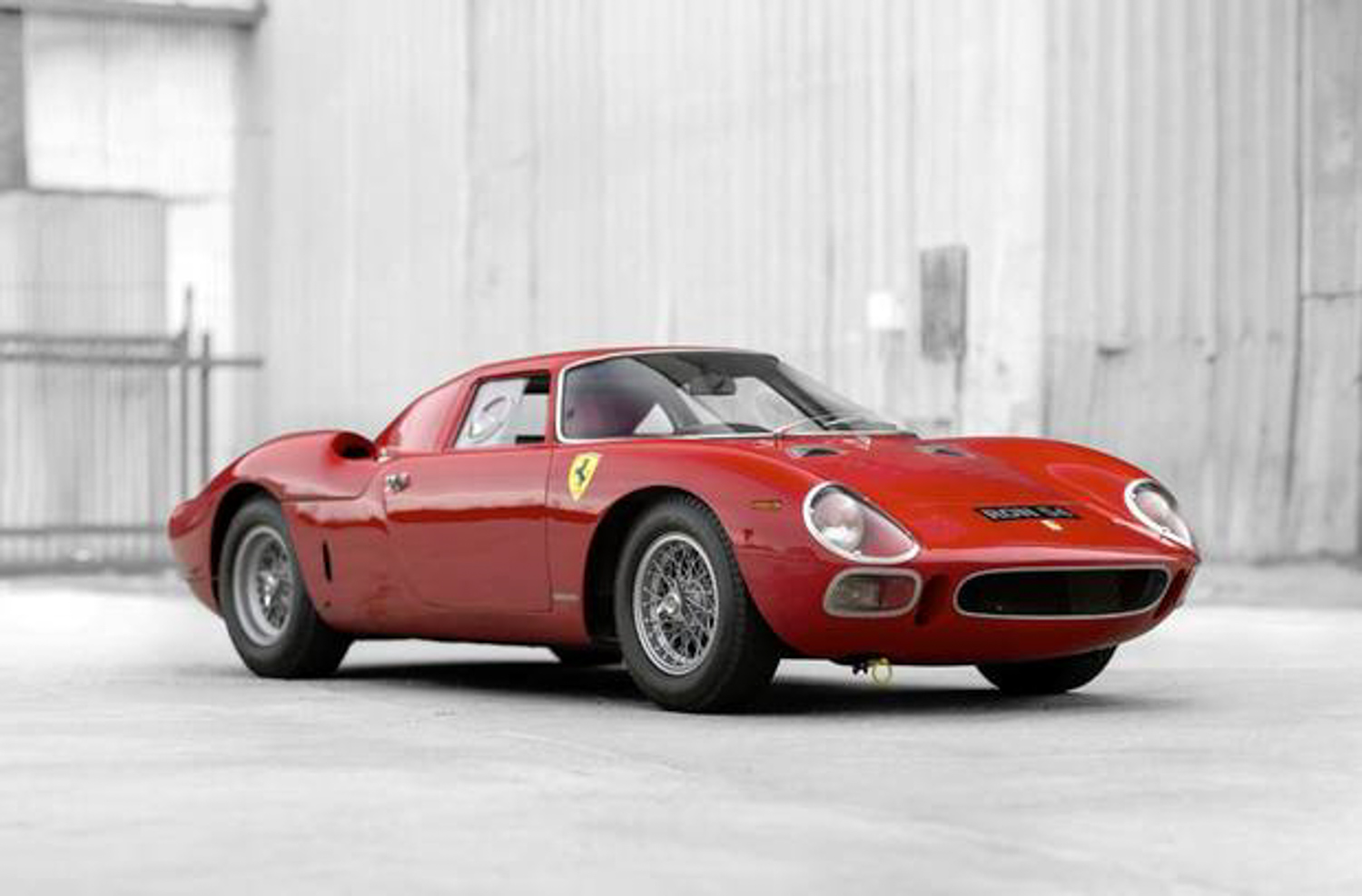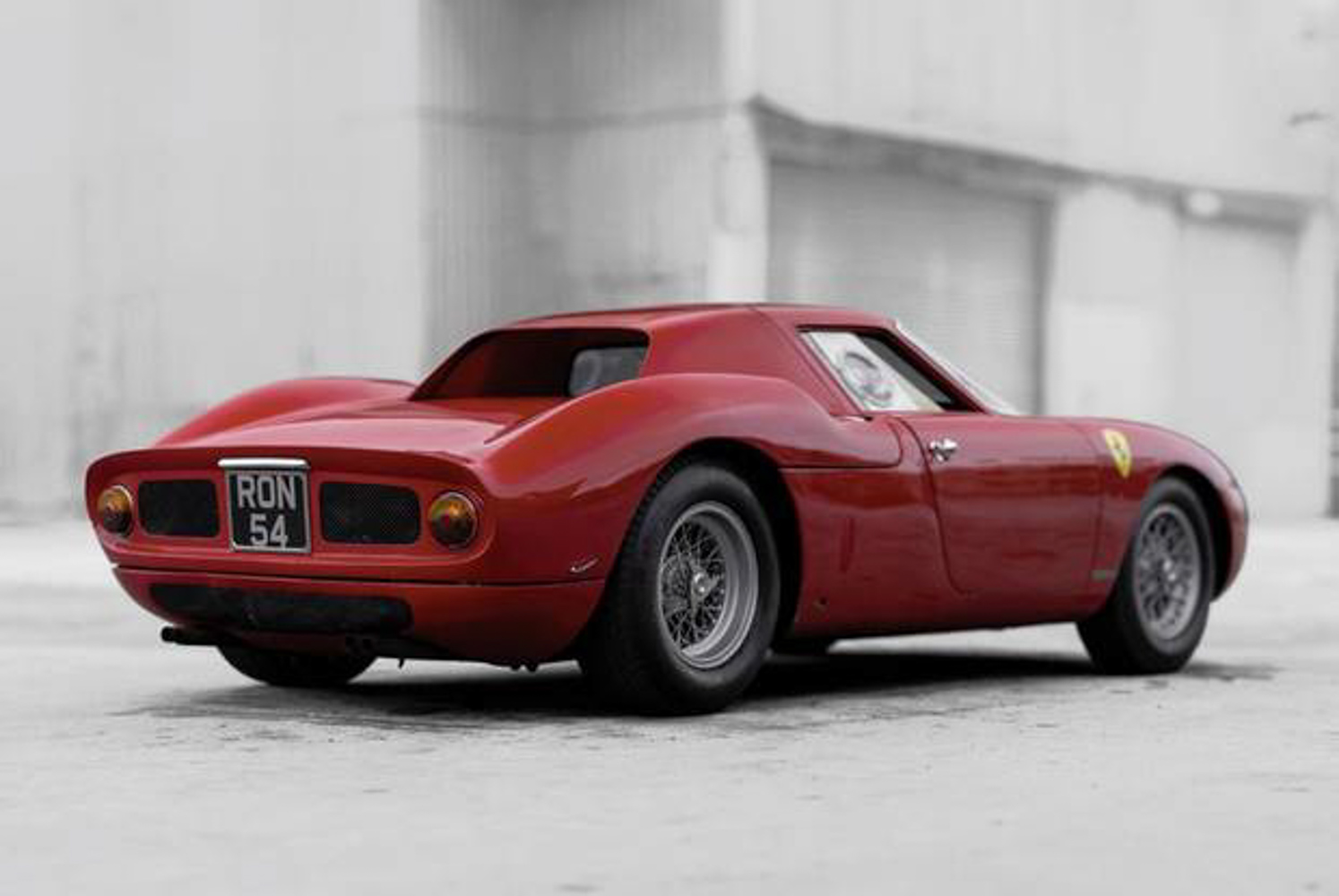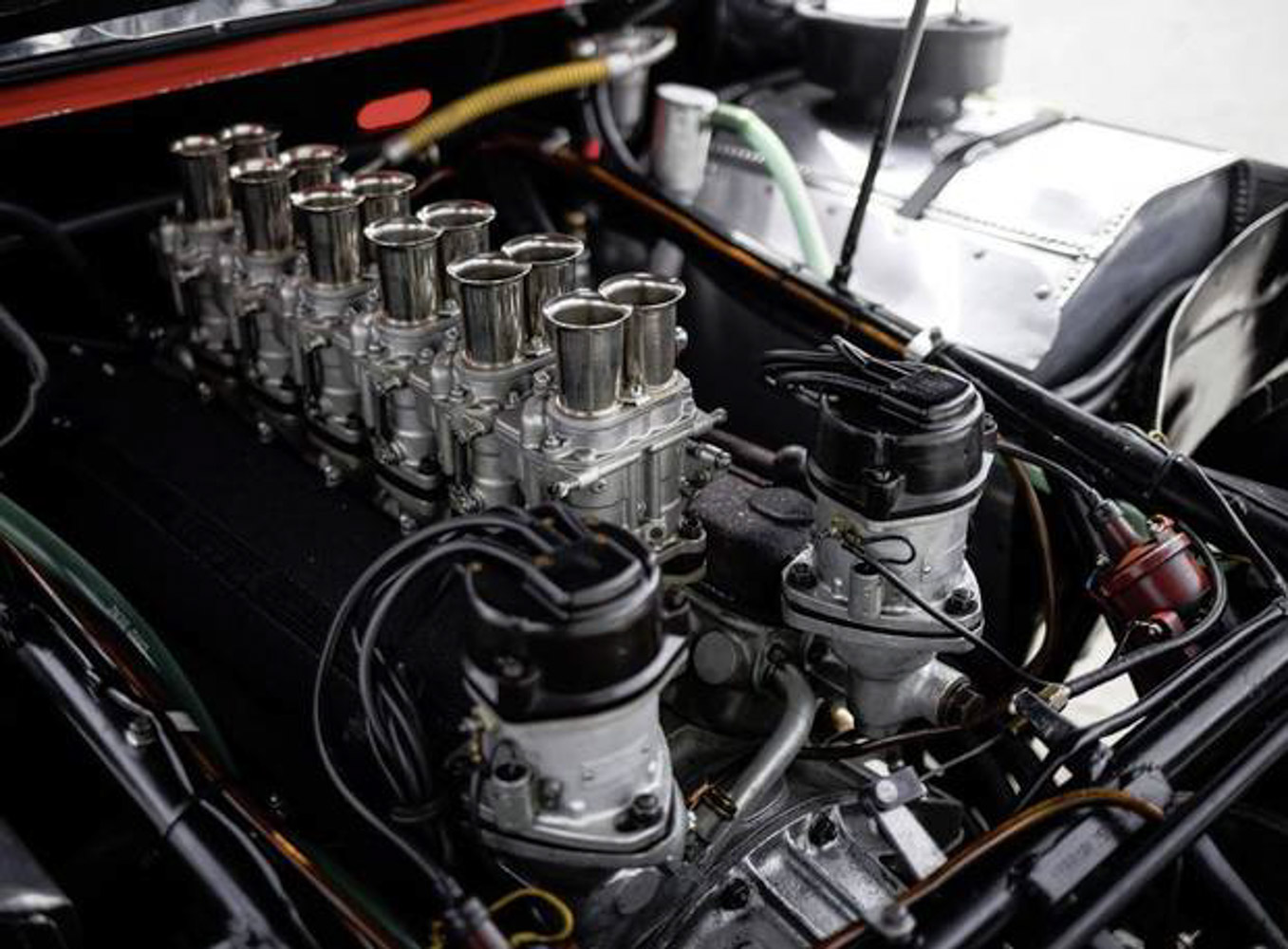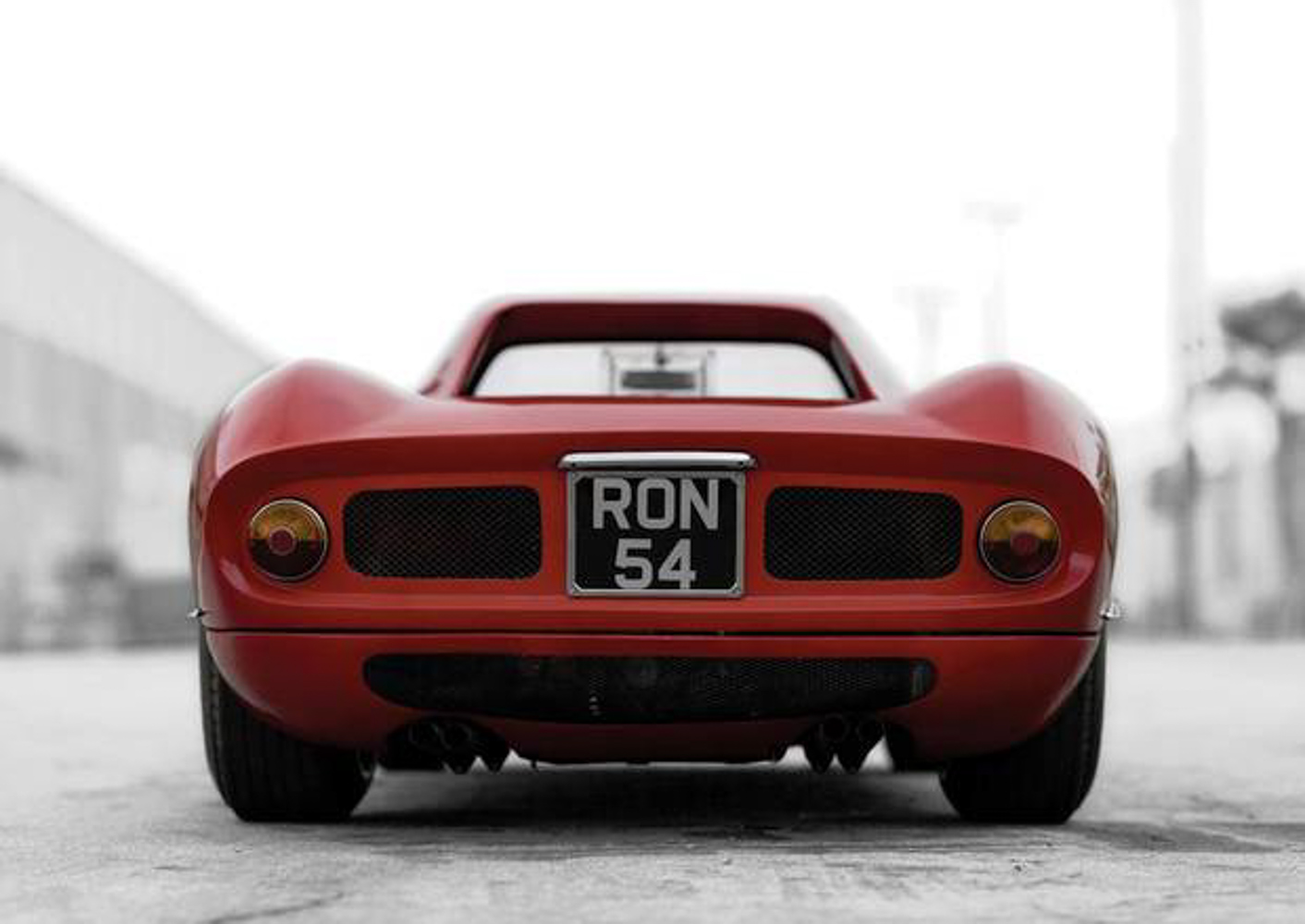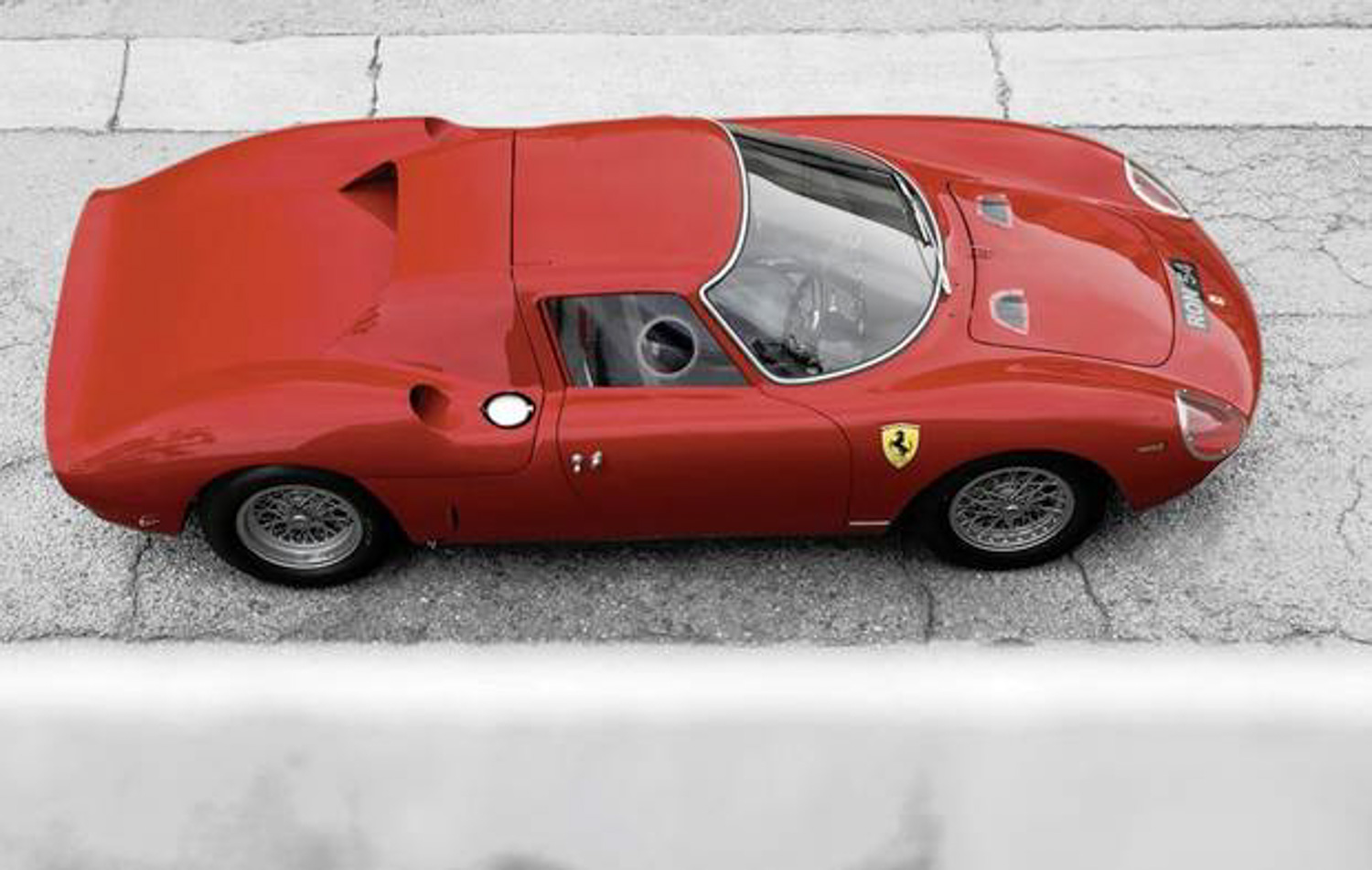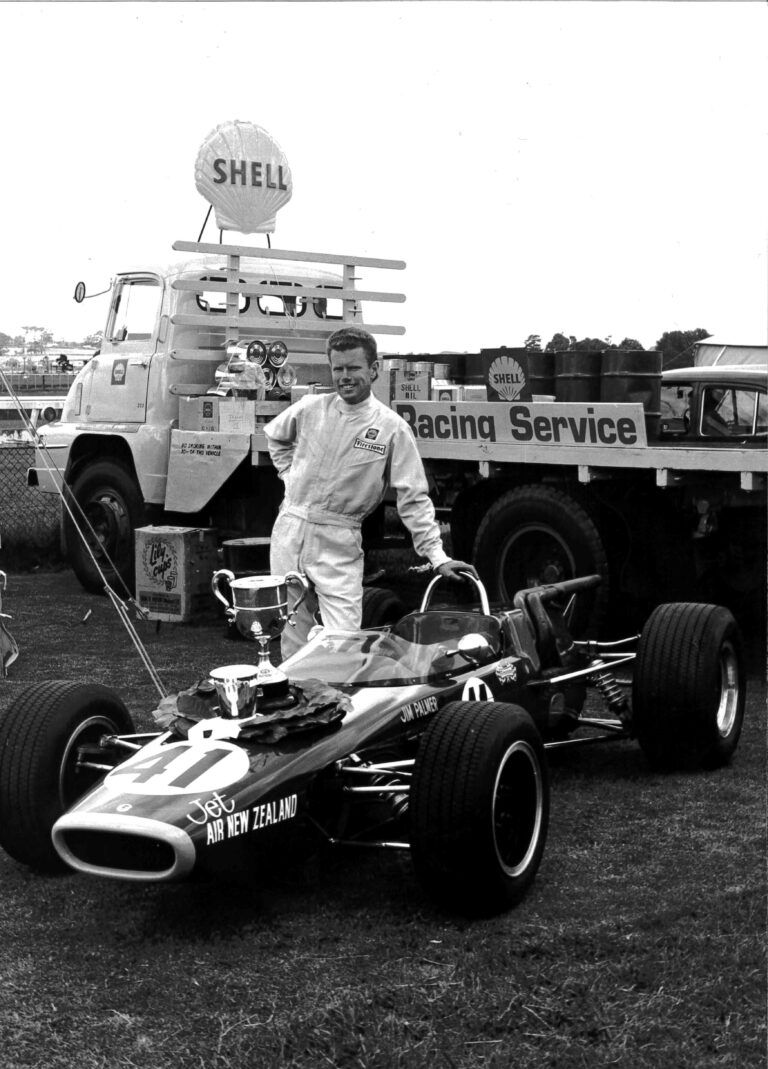Ferrari’s 250 LM — powered by a mid-mounted, 3.3-litre V12 — was originally developed for GT racing, but was forced to compete as a sports prototype instead. Ferrari reckoned that the 250 LM was simply a ‘development’ of the existing 250-series cars, but motorsport authorities thought differently. Only 32 examples of this iconic sports racer were ever built — one of which was raced in New Zealand by Andy Buchanan during the ’60s.

Back in 1964, you could pick up a brand new 250 LM for around $32,000. But if you want to purchase one today, you’d need to have won Lotto at least a couple of times. It’s safe to say that 250 LMs don’t come up for sale very often, which made it very interesting when this ’64 example was present at the famous August 15–16 Pebble Beach auction.

With a body by Scaglietti, it went on to be the star of the event. As the actual display car from the 1966 Earls Court Motor Show, this 250 LM has never been damaged, despite being regularly campaigned throughout its life. At auction it managed to fetch an eye-watering US$17.6 million, or NZ$25.4 million, at the final fall of the auctioneer’s hammer.

Cheaper options at the same sale included a McLaren F1, which sold for NZ$20 million, while a Ferrari Enzo, originally built as a gift for Pope John Paul II, was a relative bargain — priced at a mere NZ$9.2 million.
Better get onto opening that KiwiSaver account!


